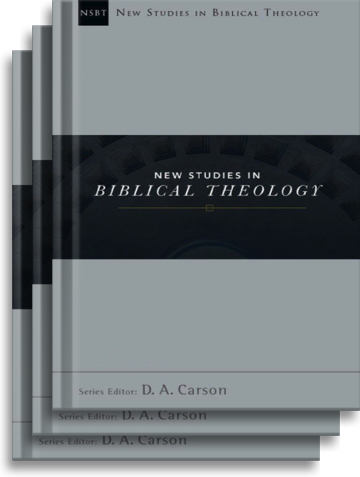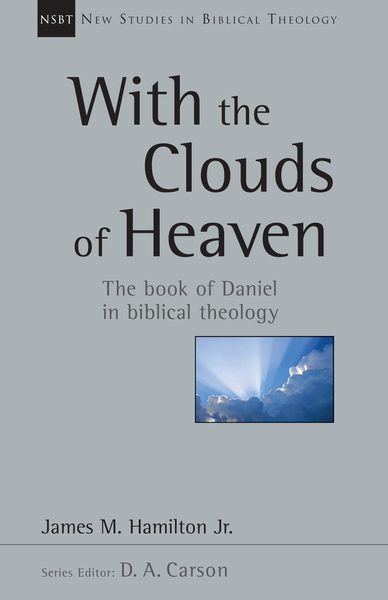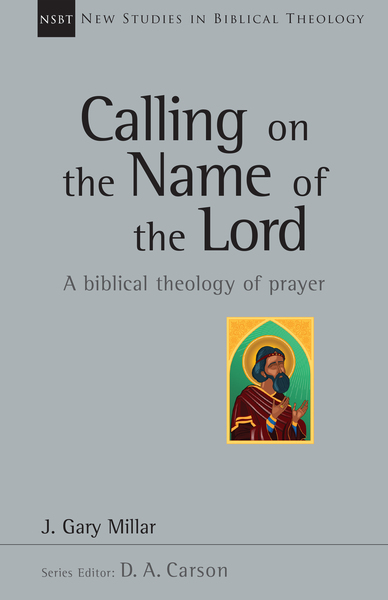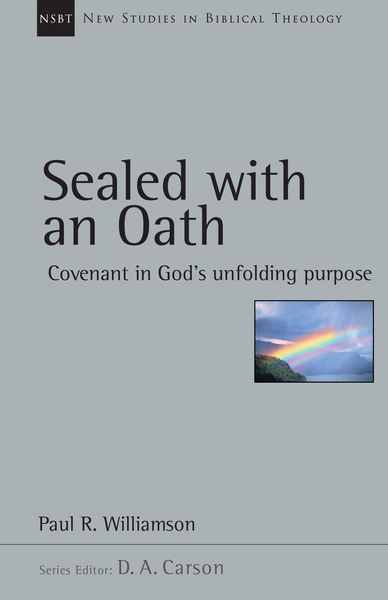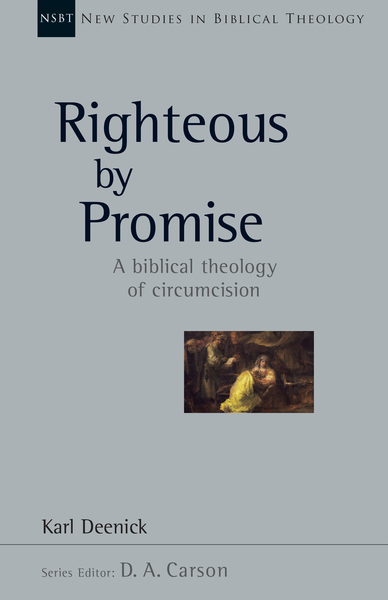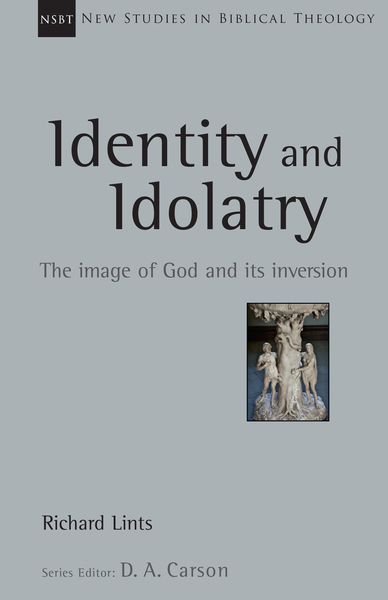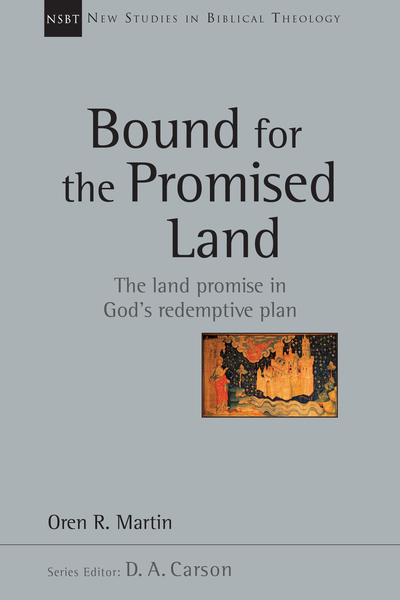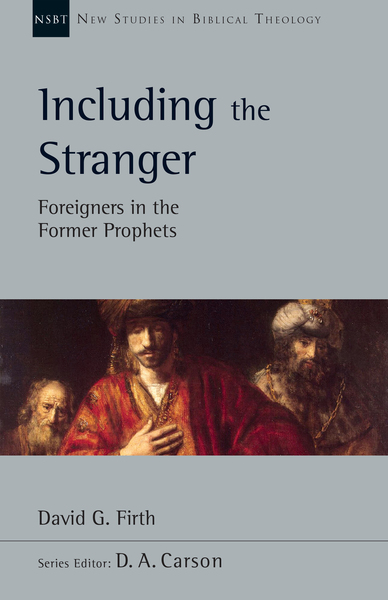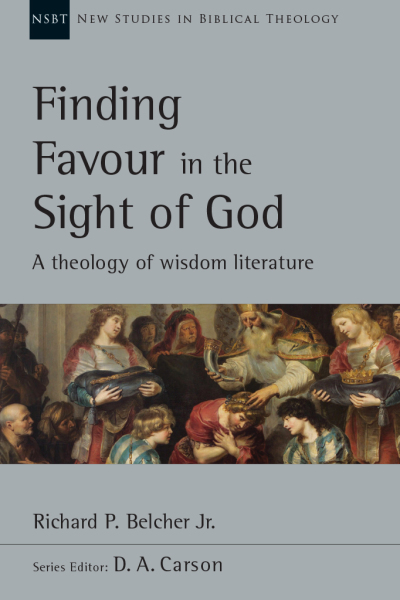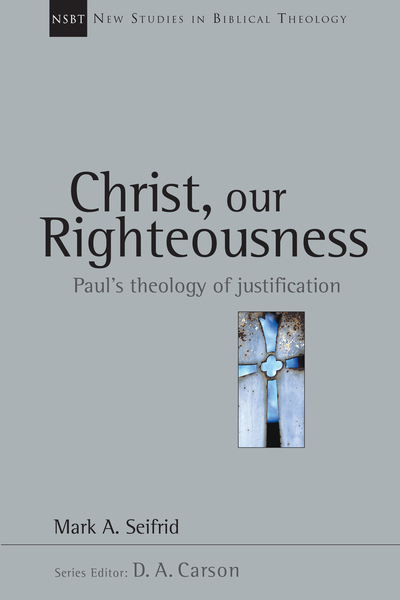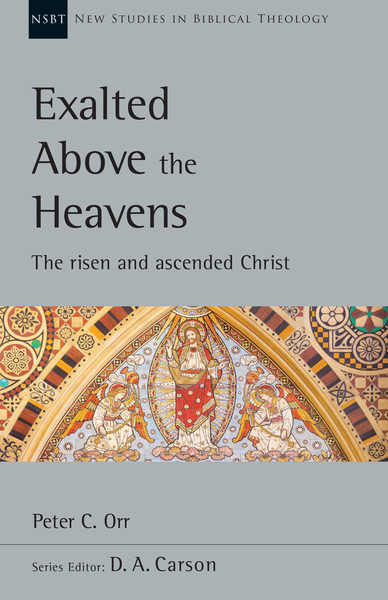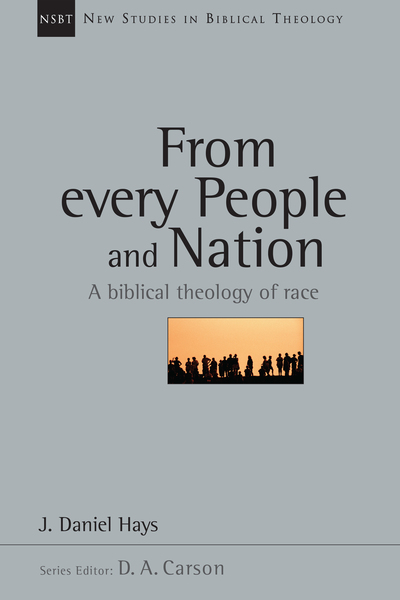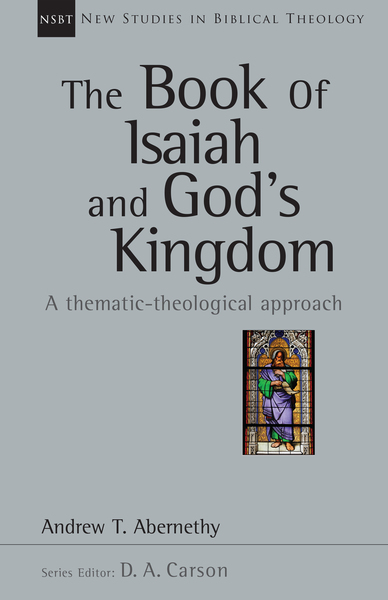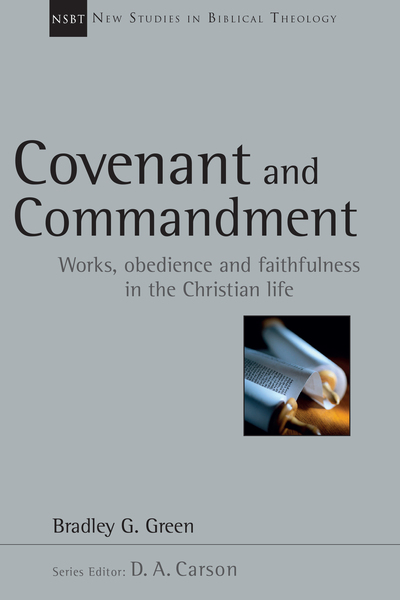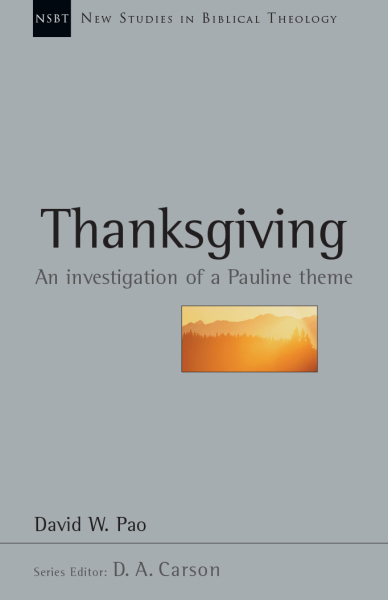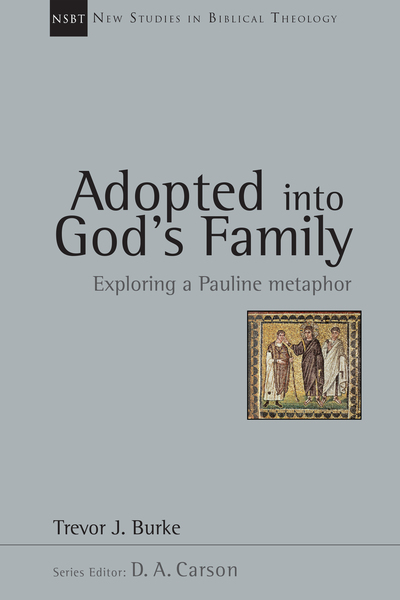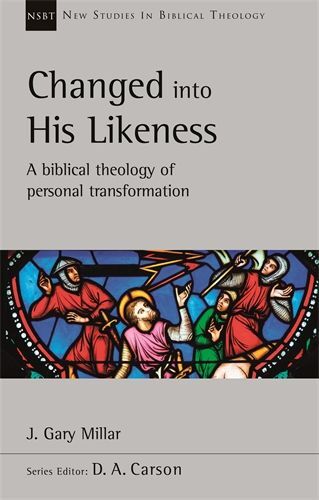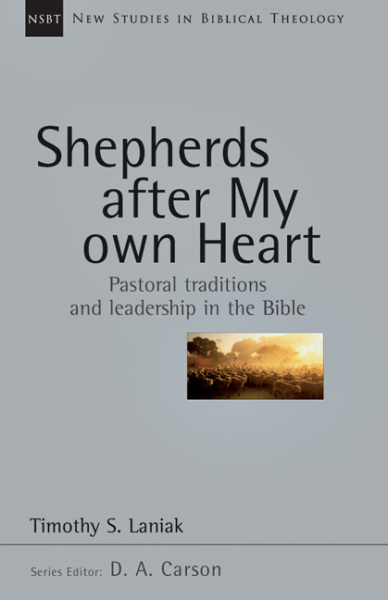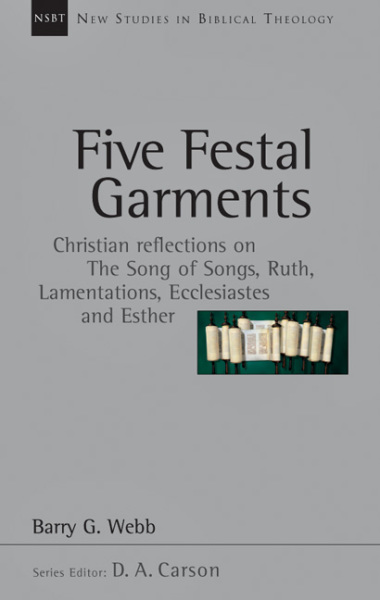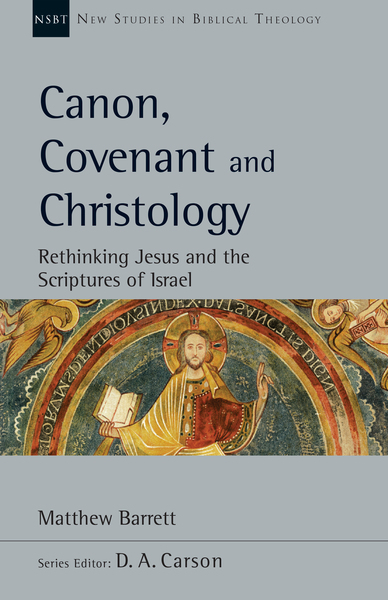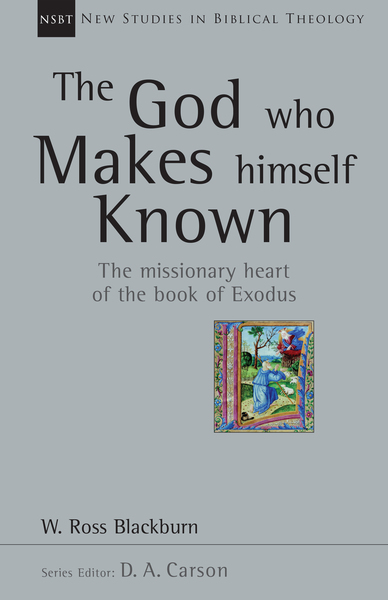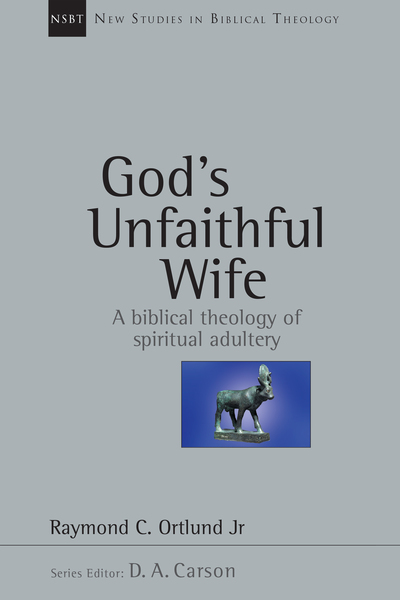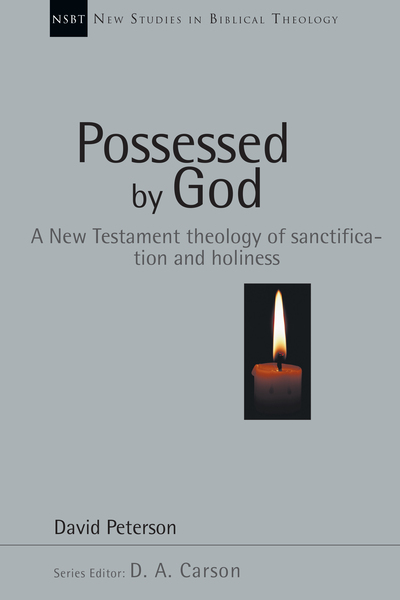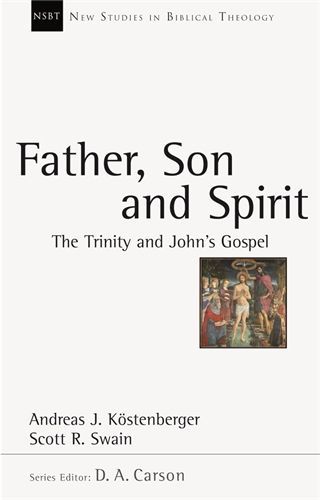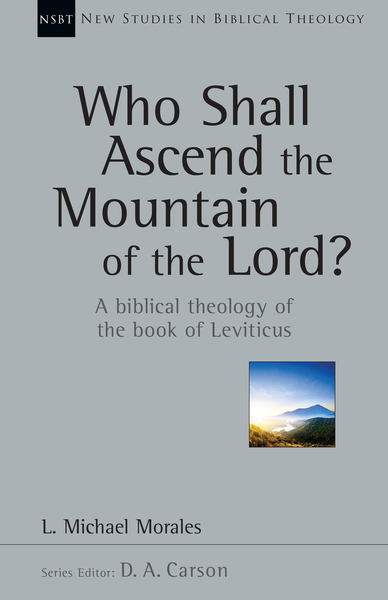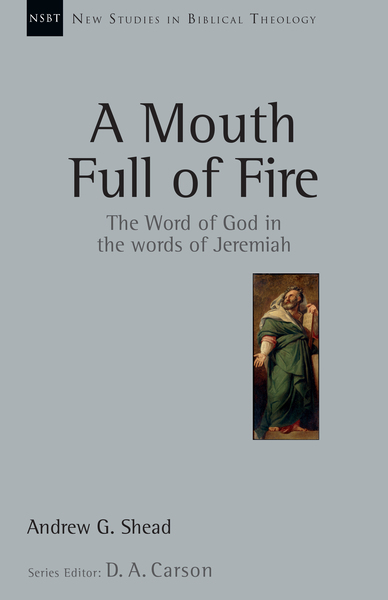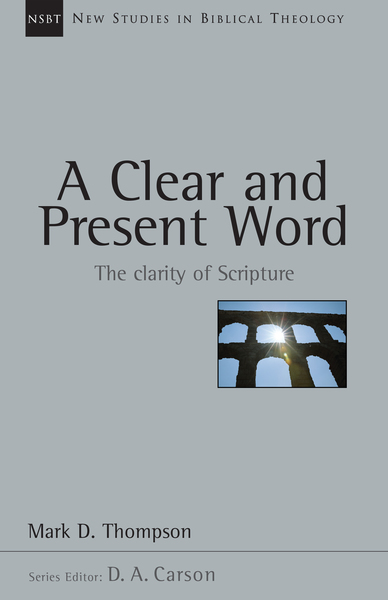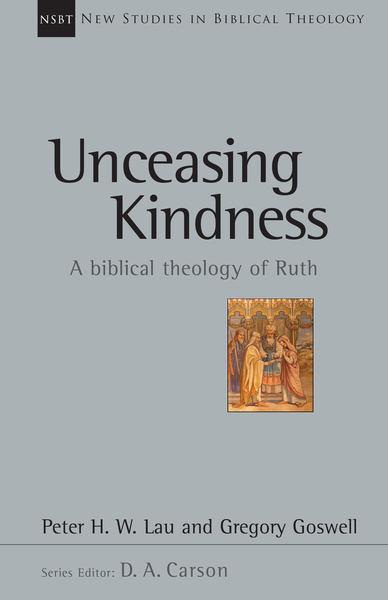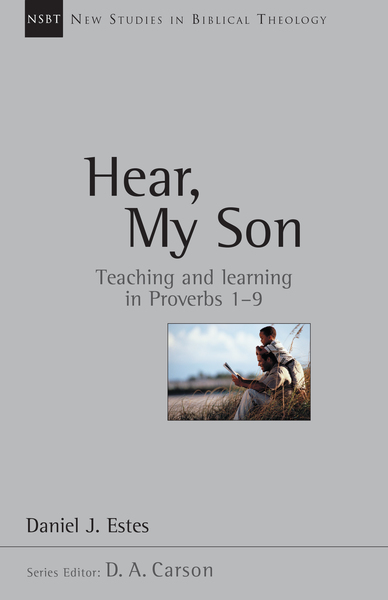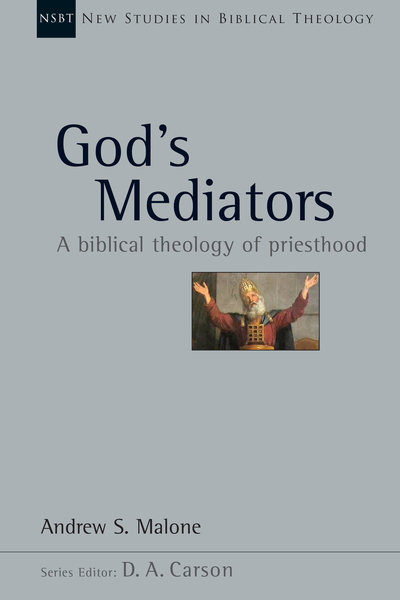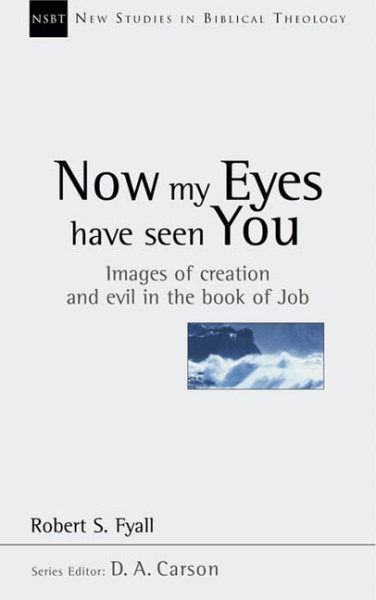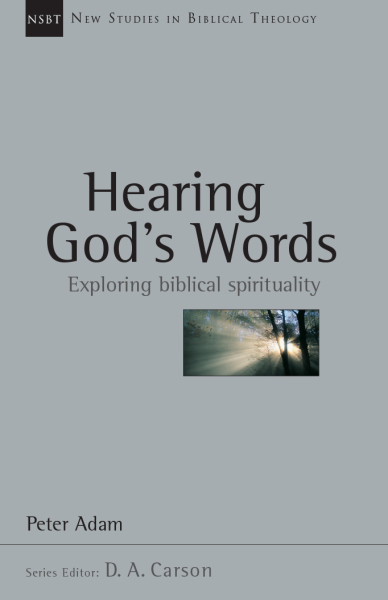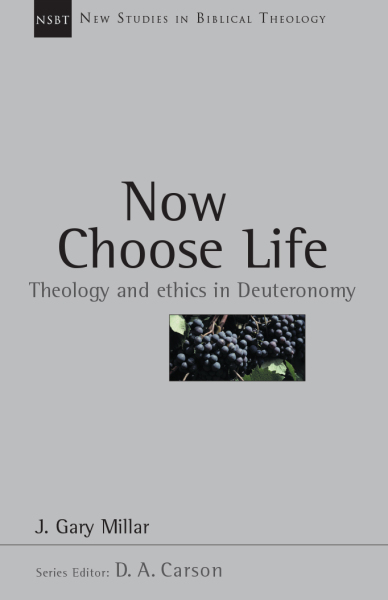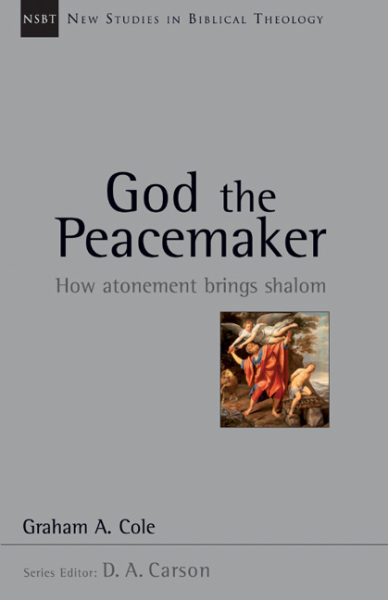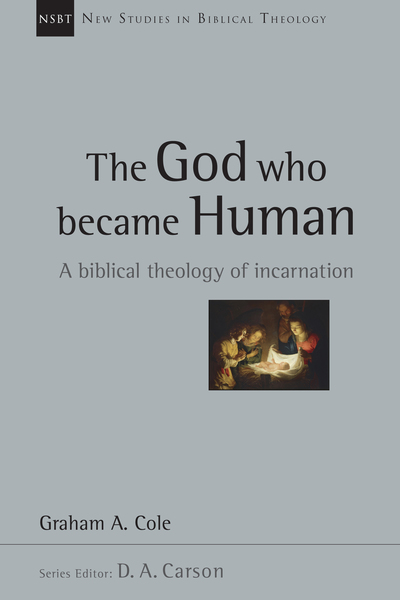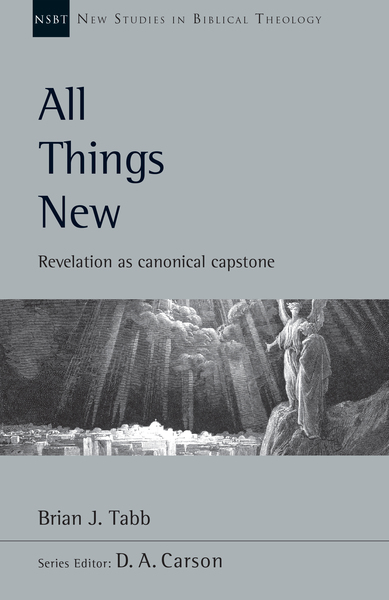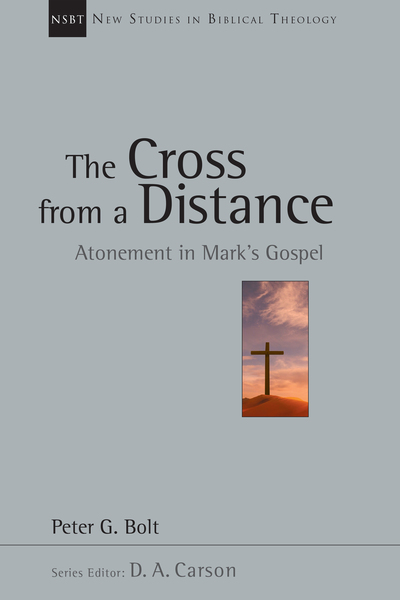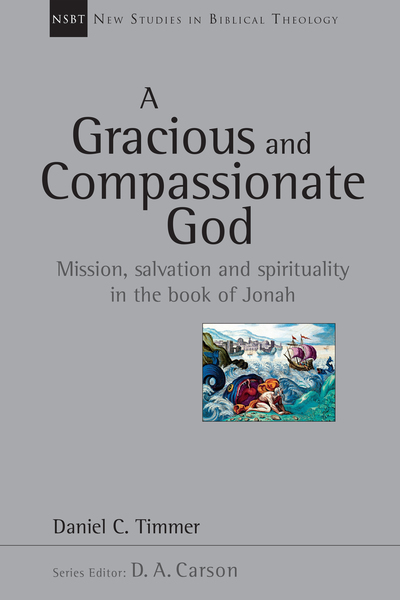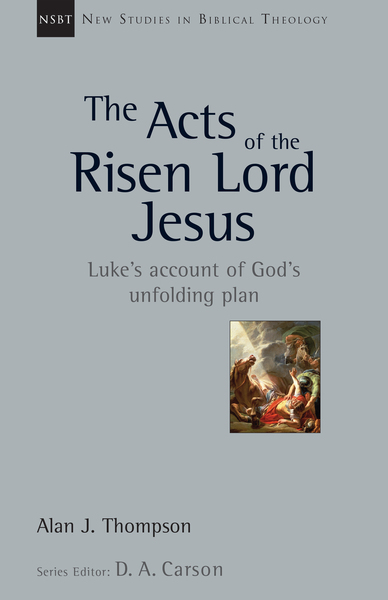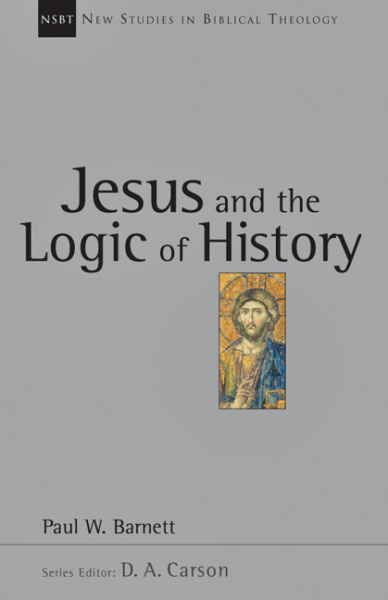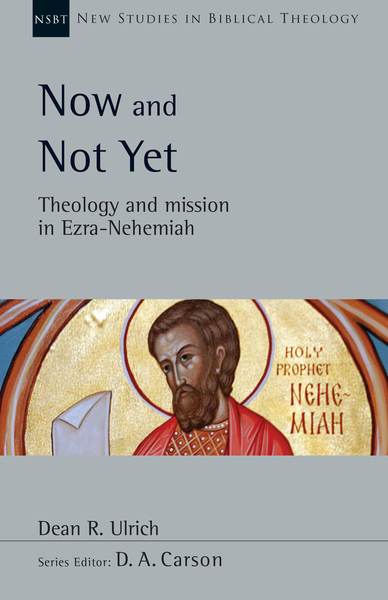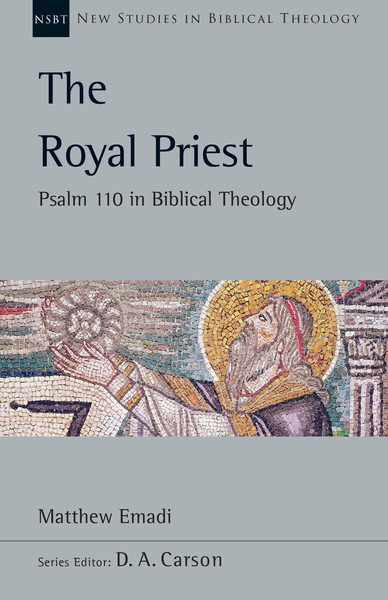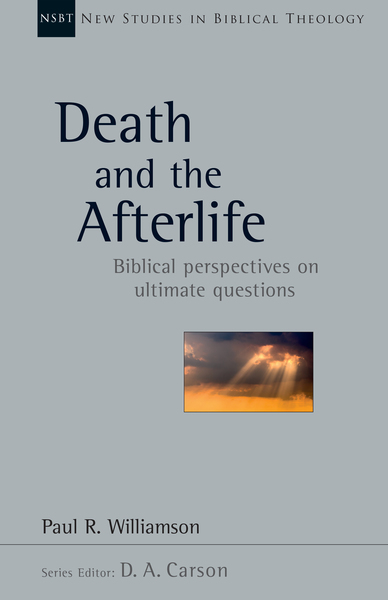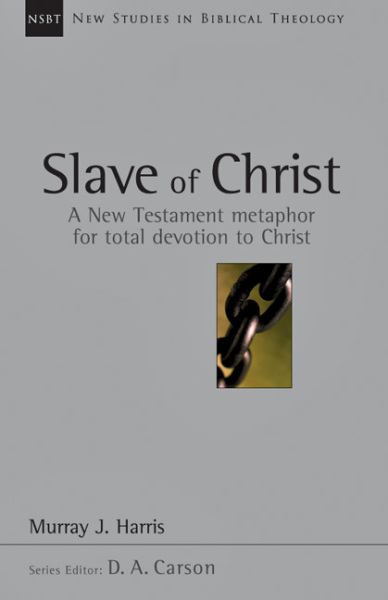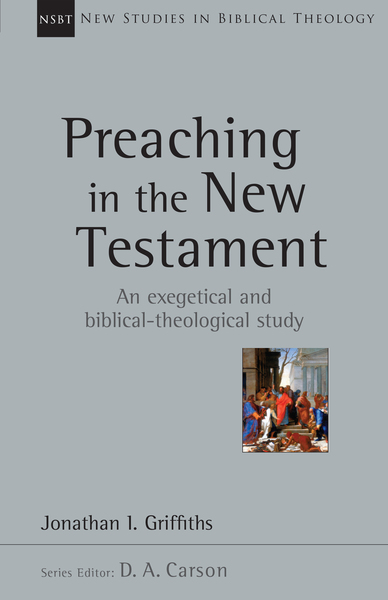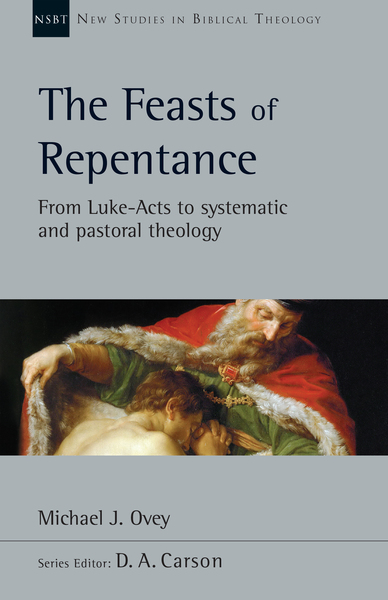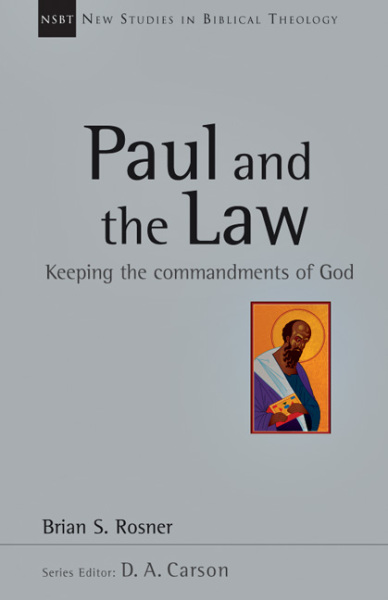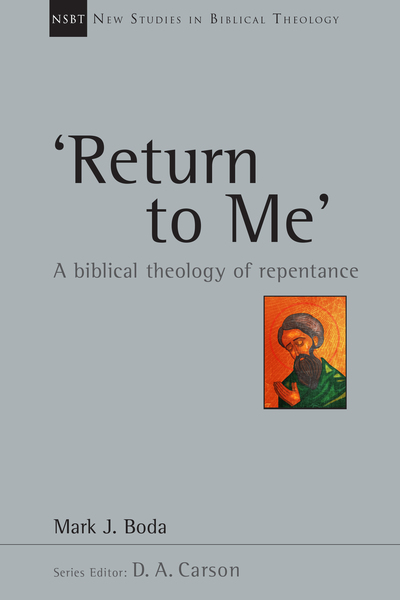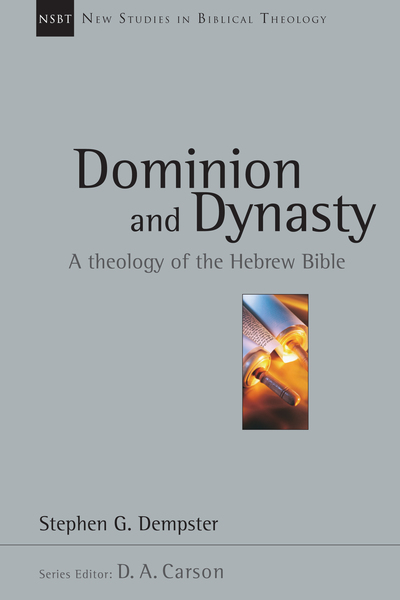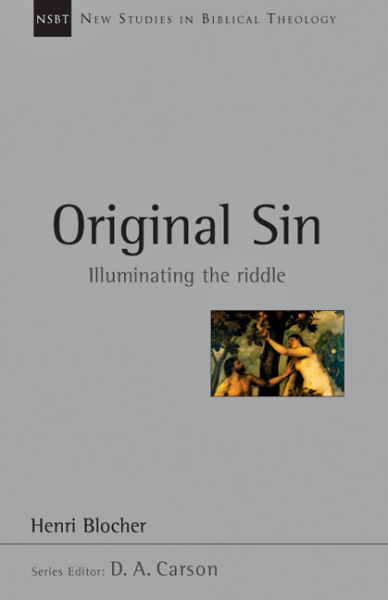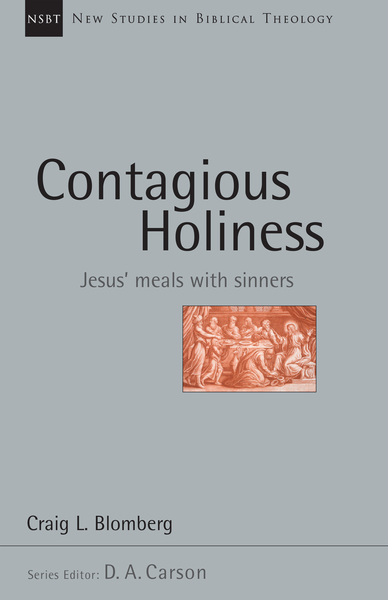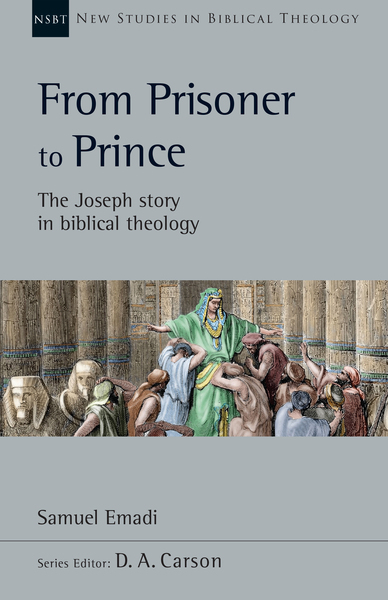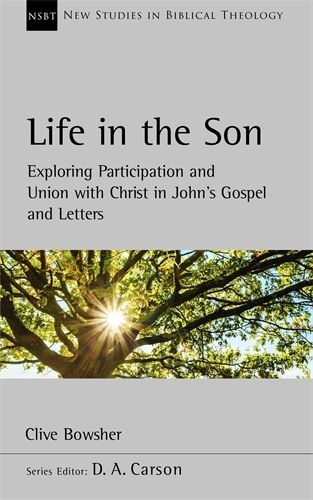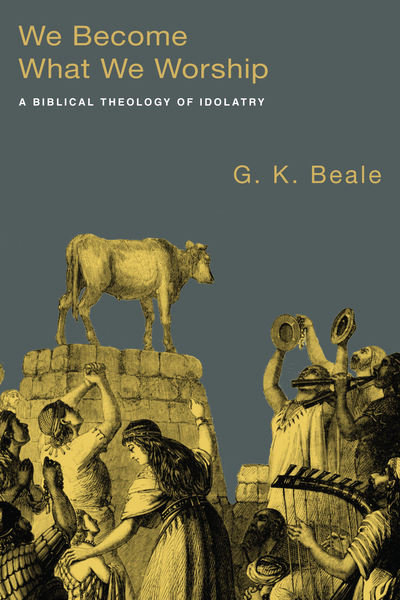


The Temple and the Church's Mission: A Biblical Theology of the Dwelling Place of God (NSBT)

The Temple and the Church's Mission: A Biblical Theology of the Dwelling Place of God (NSBT)
"Then I saw a new heaven and a new earth. . . . And I saw the holy city, new Jerusalem. . . . And I heard a loud voice from the throne saying, ?Behold, the dwelling place of God is with man." (Revelation 21:1-3, ESV).
In this comprehensive study, a New Studies in Biblical Theology volume, G. K. Beale argues that the Old Testament tabernacle and temples were symbolically designed to point to the end-time reality that God's presence, formerly limited to the Holy of Holies, would be extended throughout the cosmos. Hence, John's vision in Revelation 21 is best understood as picturing the new heavens and earth as the eschatological temple.
Beale's stimulating exposition traces the theme of the tabernacle and temple across the Bible's story-line, illuminating many texts and closely-related themes along the way. He shows how the significance and symbolism of the temple can be better understood in the context of ancient Near Eastern assumptions, and offers new insights into the meaning of the temple in both Old and New Testaments.
Addressing key issues in biblical theology, the works comprising New Studies in Biblical Theology are creative attempts to help Christians better understand their Bibles. The NSBT series is edited by D. A. Carson, aiming to simultaneously instruct and to edify, to interact with current scholarship and to point the way ahead.
G. K. Beale (PhD, Cambridge) is the J. Gresham Machen Chair of New Testament at Westminster Theological Seminary. He has published many books, including The Temple and the Church's Mission, We Become What We Worship, Handbook on the New Testament Use of the Old Testament, and commentaries on 1-2 Thessalonians and Revelation.
